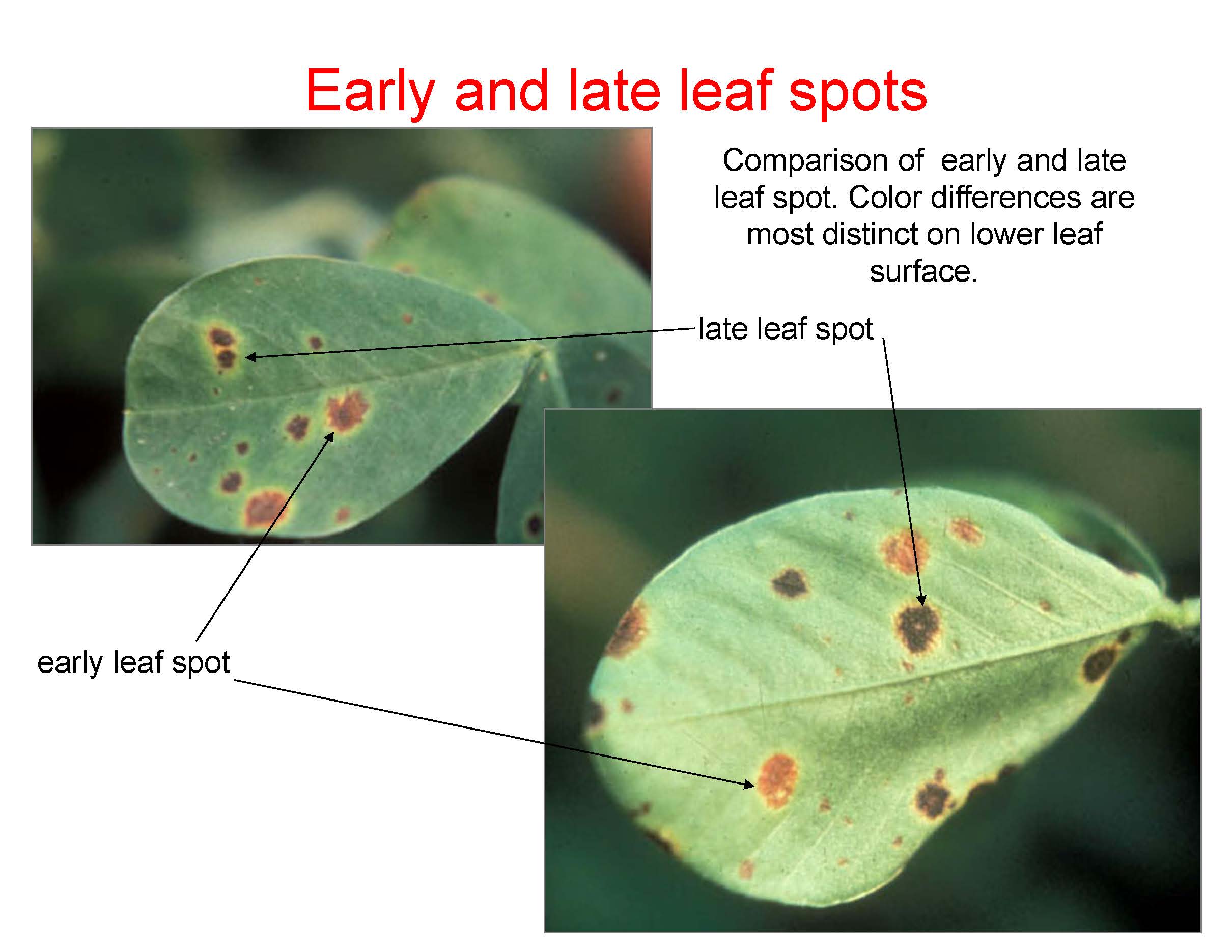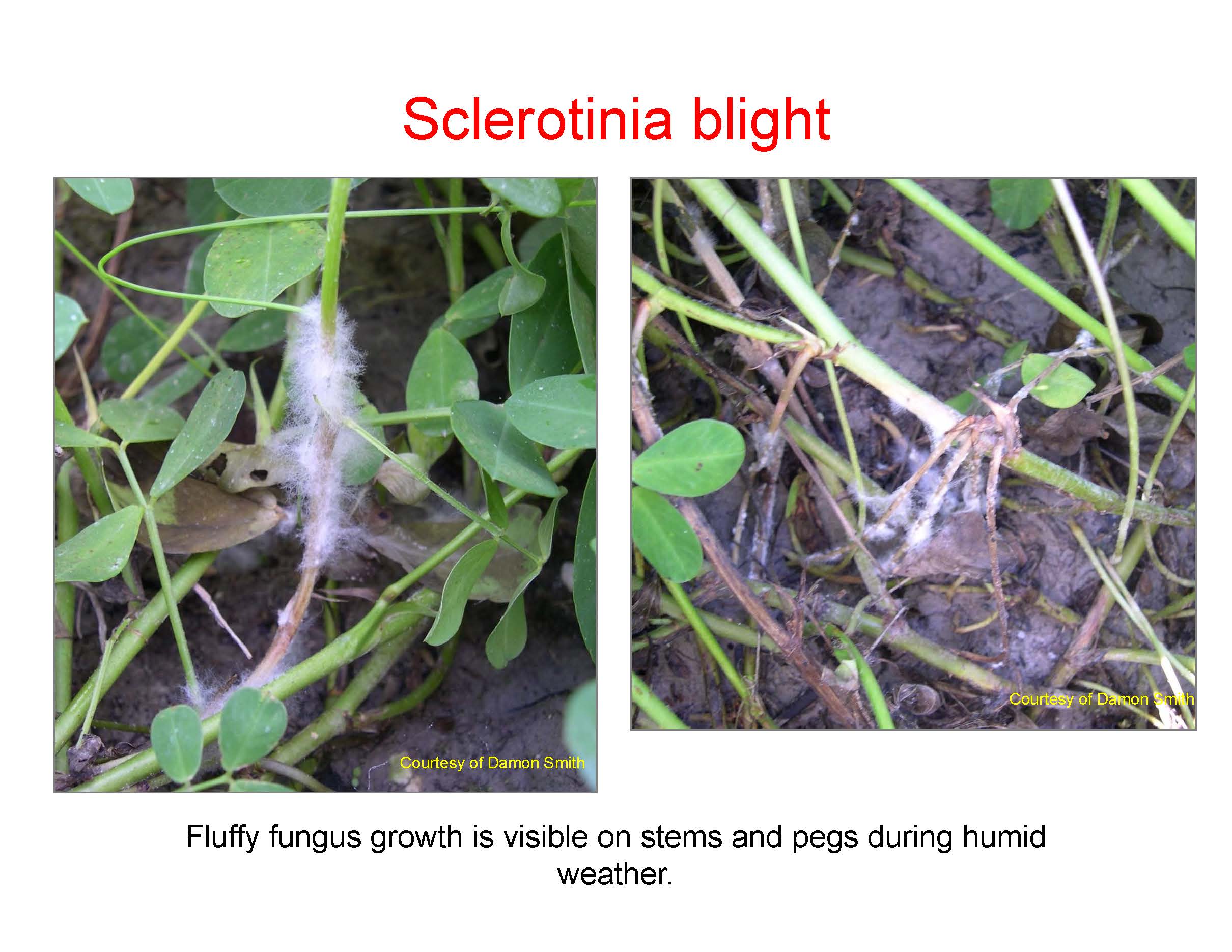Mid Season Peanut Notes
go.ncsu.edu/readext?1080633
en Español / em Português
El inglés es el idioma de control de esta página. En la medida en que haya algún conflicto entre la traducción al inglés y la traducción, el inglés prevalece.
Al hacer clic en el enlace de traducción se activa un servicio de traducción gratuito para convertir la página al español. Al igual que con cualquier traducción por Internet, la conversión no es sensible al contexto y puede que no traduzca el texto en su significado original. NC State Extension no garantiza la exactitud del texto traducido. Por favor, tenga en cuenta que algunas aplicaciones y/o servicios pueden no funcionar como se espera cuando se traducen.
Português
Inglês é o idioma de controle desta página. Na medida que haja algum conflito entre o texto original em Inglês e a tradução, o Inglês prevalece.
Ao clicar no link de tradução, um serviço gratuito de tradução será ativado para converter a página para o Português. Como em qualquer tradução pela internet, a conversão não é sensivel ao contexto e pode não ocorrer a tradução para o significado orginal. O serviço de Extensão da Carolina do Norte (NC State Extension) não garante a exatidão do texto traduzido. Por favor, observe que algumas funções ou serviços podem não funcionar como esperado após a tradução.
English
English is the controlling language of this page. To the extent there is any conflict between the English text and the translation, English controls.
Clicking on the translation link activates a free translation service to convert the page to Spanish. As with any Internet translation, the conversion is not context-sensitive and may not translate the text to its original meaning. NC State Extension does not guarantee the accuracy of the translated text. Please note that some applications and/or services may not function as expected when translated.
Collapse ▲After a cooler and cloudy start, we have transitioned to a brighter and much hotter late June. The cloudy weather gave the fields a pale yellow color. The abundant sunshine has helped turn them to a more normal color.

As we turn the calendar to July, growers should begin leafspot sprays. Generally, these start 45 days after emergence or at the R3 growth stage which generally is in early July. To help manage disease resistance, rotate chemistries throughout the season. NC State continues to recommend chlorothalonil for the first and last sprays. Not only does this help with resistance, but it is relatively inexpensive. All of our leafspot chemicals can do a good job if applied early and repeated on time. Most of these are considered preventative chemistries. There are a couple with curative actions and are probably more valuable in the midseason, such as Provost Silver and Revytek.

If you have fields with a history of Sclerotinia, consider an application of Miravis plus Elatus. It is strong on leafspot as well as stem rot with a 3-week interval between applications. Generally, this is not recommended until the third spray when conditions are more suitable for infestations.




